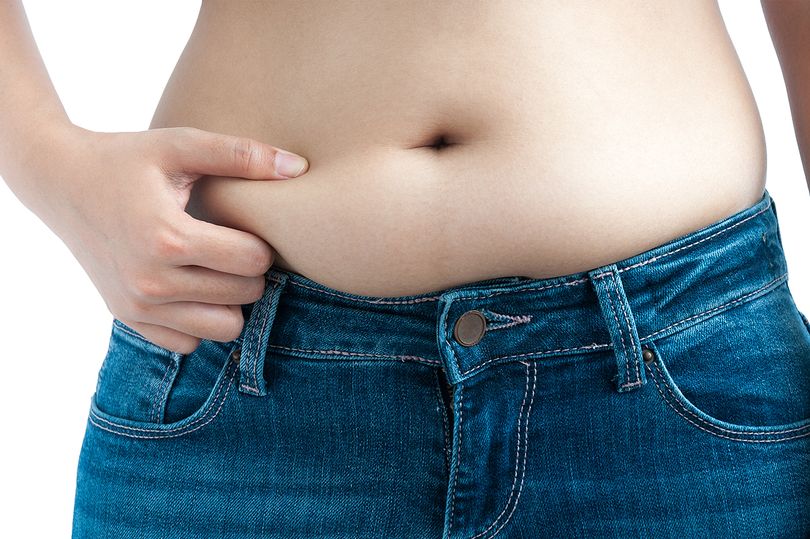Insulin is a hormone produced by the pancreas in the abdomen, that controls the body’s use of glucose (sugar). The blood sugar level will rise if the pancreas produces little or no insulin (type 1 diabetes), or if the pancreas produces insulin, but it’s inadequate for the body’s needs and its impact is reduced (type 2 diabetes).
Type 2 – the most common type, affecting over 90% of people in the UK with diabetes – is most common in people who are overweight and who don’t get enough exercise.
The single best way to reduce your risk of developing diabetes is to lose weight.
Waist circumference is particularly important here as a waist size greater than 35in (89cm) in women and 40 in (102cm) in men substantially increases the risk of getting diabetes.
Importantly, if you have a history of diabetes in your family, cut refined sugar out of your diet, stop smoking, have your blood pressure checked and treated if it is high.
The VCL (very low calorie) diet can achieve significant weight loss, reduce insulin resistance and allow people with type 2 diabetes to reduce or even come off diabetes medication altogether.
But it’s tough. And you should only attempt it after medical advice.
You’re restricted to an 800kcal/day diet where 600 calories are made up from meal shakes and the rest from non-starchy vegetables.
That said, patients now often prefer to be treated with lifestyle changes to diet and exercise rather than medication, and many cases of type 2 diabetes can go into remission, with complications reduced as a result.
Plus, the NHS Diabetes Prevention Programme plans to provide digital tools and personalised support via an app to help with lifestyle changes.

